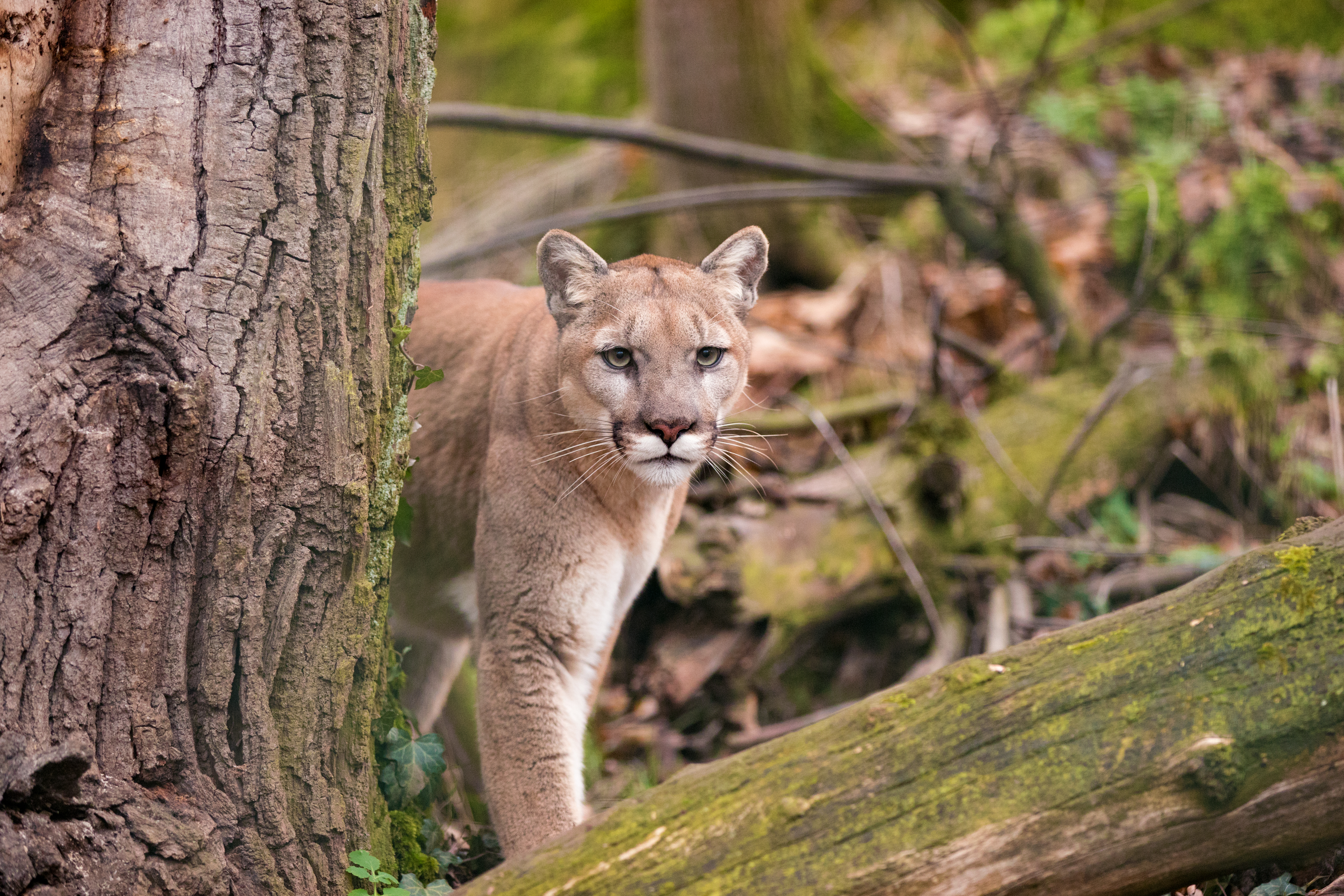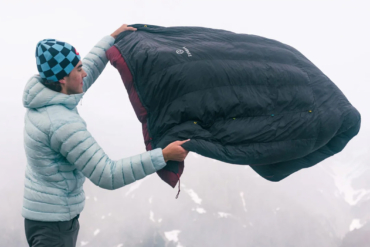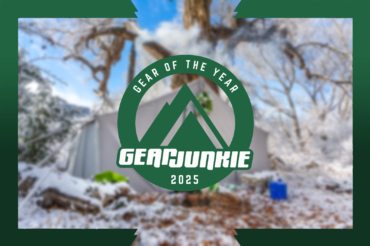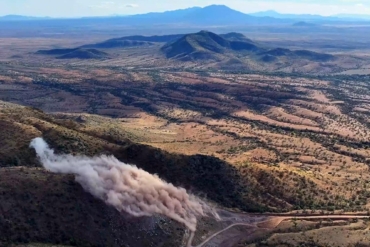There’s nothing quite like hiking in the desert in the fall and early winter. Daytime temps are pleasant, nights are crisp, and yellow leaves provide contrast to red rocks.
October, November, and December are the best times to visit much of the desert Southwest. Summer’s oppressive heat has passed, making fall and winter the perfect time to climb the mesas, spend more time in the sun, and roam through swirling canyons in search of the next great view.
And that doesn’t mean that every day is the same. It could snow one day and hit 80 degrees the next. You never know what will happen in the desert in the cooler shoulder season.
Interested? Read on for a few top locations for desert hiking in the fall and winter, along with some pro tips for how to find fun (and peace and quiet) in the desert. We’ve also got a packing list of must-have gear items for hiking in the desert.
Huckaby Trail — Sedona, Arizona

Start at either Schnebly Hill Trailhead or Midgley Bridge to traverse a section of Oak Creek on this beautiful hike. Both options wind around red rock formations, over ridges, and to the bottom of Oak Creek Canyon.
There you can hear the rush of Oak Creek and find some shade from the sun under some trees. The red rocks provide a picturesque backdrop for yellow and green leaves alike.
Before climbing up to Midgley Bridge, there is a creek crossing. Take care when crossing the water, and do not cross when the creek is high. This occurs more often in the spring, but use your best judgment. This is a great moderate hiking option that only requires basic route-finding skills and offers tons of great views.
More Details:
- 5.5-mile round trip
- 900 feet of elevation gain
- Red Rock or America the Beautiful Pass needed for parking
Petroglyph Point Trail — Mesa Verde National Park, Colorado

Petroglyph Point is a short loop trail that starts at Spruce Tree House, which is the third-largest cliff dwelling in Mesa Verde National Park. It passes several smaller ruins on the way to the largest petroglyph panel in the park. The trail is mostly flat, but be prepared to hike up steep (and narrow) stairs carved in the canyon wall as well as rocky and sandy sections.
This is a great trail to really experience the beauty and culture of Mesa Verde, and the fall is the perfect time to go to enjoy cooler temperatures. However, you won’t want to go while raining — half the beauty is in climbing the sandy trails and watching the sun make its way across the waves of cliffs.
More Details:
- 2.5-mile round trip
- Elevation Gain: 300 feet
- Because this trail is in a National Park, a National Parks Pass or a $20 per vehicle entrance fee is charged to get into the park. This is good for 7 days of entry to the park.
- Find more information on Mesa Verde and other things to do in the park here.
Pa’rus Trail — Zion National Park, Utah

Take the Pa’rus trail at sunset for some of the most beautiful views that Zion has to offer. This wheelchair-accessible paved trail winds along the Virgin River — from the visitor center to Canyon Junction.
Take in the iconic views of the Watchman and other outstanding rock features from down in the canyon. Also, there are many good spots to stop and hang out by the river.
This is a great hiking or biking trail to take in some of the beauty of Zion National Park. It’s also a great spot to watch for wildlife, which you won’t see here nearly as often during the bustling summer season.
More Details:
- 3.4-mile round trip (or 1.7 miles if you take the shuttle to Canyon Junction)
- Elevation Gain: 157 feet
- Wheelchair accessible, bikes allowed
- National Parks Pass required or $35 entry per vehicle to get into the park
- Shuttle service required to reach Canyon Junction or to head into Zion Canyon ($1 online reservation fee required)
Fremont Gorge Overlook Trail — Capitol Reef National Park, Utah

Drive past the Capitol Reef visitor center on Capitol Reef Scenic Drive to find the unsigned trailhead to the Fremont Gorge Overlook. The trailhead is about 1.7 miles from the turnoff from Hwy 24, next to the blacksmith shop.
As one of the more strenuous trails in the park, this trail climbs to the top of a mesa which you’ll follow until you ascend once again to the overlook at the end. The final view over Fremont Canyon is 360 degrees of spectacular desert scenery.
More Details:
- 4.3-mile round trip
- Elevation Gain: 1,000 feet
- No fees necessary for parking or hiking
Corona and Bowtie Arches — Moab, Utah

This hike can get busy, like many around Moab. But it is worth it, especially for sunrise.
Hike across the red sand desert and into a wide canyon. To get to the arches, you will ascend a wooden ladder about 10 feet to a large ledge of rock. There you will find two large arches and lots of room to wander around and explore.
More Details:
- 3-mile round trip
- Elevation Gain: 500 feet
- No permit needed for parking
Desert Hiking Gear List
The weather can be unpredictable in the desert southwest in the fall and winter. Be prepared with lots of layers, as it could be 30 degrees in the morning and warm up to 70 by midday.
Water: Bring lots of water! A good rule of thumb is to bring one liter of water per hour of hiking or exercise.
A Hydro Flask water bottle can be a great thing to have in the desert. Having hot tea or coffee hot in the morning can be a lifesaver. Also, keeping water cool for the afternoon heat will often make you want to drink more water than if it was warm from the sun.
Footwear: Desert hiking can involve anything from deep sand, like you are on the beach, to rocky scrambling. Come prepared with lightweight shoes or boots with a good grip for whatever terrain you find. Look for a breathable shoe/boot that still provides stability and durability.
Check out the Merrell Zion Mid Hiking Boot for women and men for a perfect desert hiking boot for any season.
Baselayers: A T-shirt or long-sleeve shirt made out of wool or synthetic materials will keep you warm when the temps drop, even after sweating all day. Try the Patagonia Women’s Cool Trail Short Sleeve Shirt or Smartwool Merino 150 for women and men.
Insulation: Hiking in the desert southwest requires gear you may not bring in the summer — extra layers. Wear a fleece or light puffy over your base layers in the morning and evening to keep the chills away. Try the Patagonia Los Gatos Jacket for women and men, or opt for a puffy layer like the Arc’teryx Atom LT.
Wind/Rain Layer: It doesn’t often rain in the desert, but if it does (or if it snows), it’s good to be prepared. More likely, it will just be windy. Bring a lightweight wind or rain layer to be prepared for whatever you encounter on your hike.
Try the Outdoor Research Helium for men and women for a lightweight, packable wind and rain layer that you will always feel justified in bringing.
Navigation: Either bring a paper map (and a compass!) or a GPS-capable device to help navigate on your hike. Apps like Gaia or TopoMaps+ are great resources for your phone and can download maps offline to be used on the trail.
First Aid Kit: Even if you don’t think you will use it, throw it in your pack! You never need it, until you really need it. Check out this premade kit from Adventure Medical Kits, or make your own!
Backpack: Having the right pack can make or break your hike. Bring something big enough to fit all your water, your layers once you get warm, and plenty of snacks. (That’s really the only reason we go hiking, right?)









